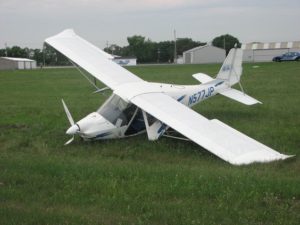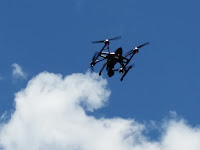What is Non-Owned?
Non-owned or as it is more commonly called, “Renters insurance”, is a liability policy that can provide bodily injury, property damage and aircraft hull protection for a pilot that is flying an aircraft they do not own.
“Do not own” is the key phrase. You do not have to own an aircraft to be found liable for damage or injuries. It is important to note that this is liability coverage; in addition, it is not only for rental aircraft. A borrowed, or even a flying club aircraft can put the pilot in a position of potential responsibility or liability.
Very simply put, liability means the coverage is used if the named insured is found liable for damage or injury to a third party.
Most Non-owned policies are annual (12 month) policies.
What if you have you found yourself in a situation where you need non-owned (renters insurance), but only for a short period of time? Maybe on vacation and want to get a checkout and fly at the local FBO, or you only need to use an aircraft you do not own for a week or two. Do you really need a year long “annual ” policy? Maybe what you need is a daily, weekly or monthly policy.
Depending on the state, now you can buy a Short Term Non-Owned Insurance Policy with the click of your mouse.
Looking for Short Term CFI Non-owned Insurance? That’s available too.
To get a quote click here and complete the application.
Note: a few states only allow annual policies.


